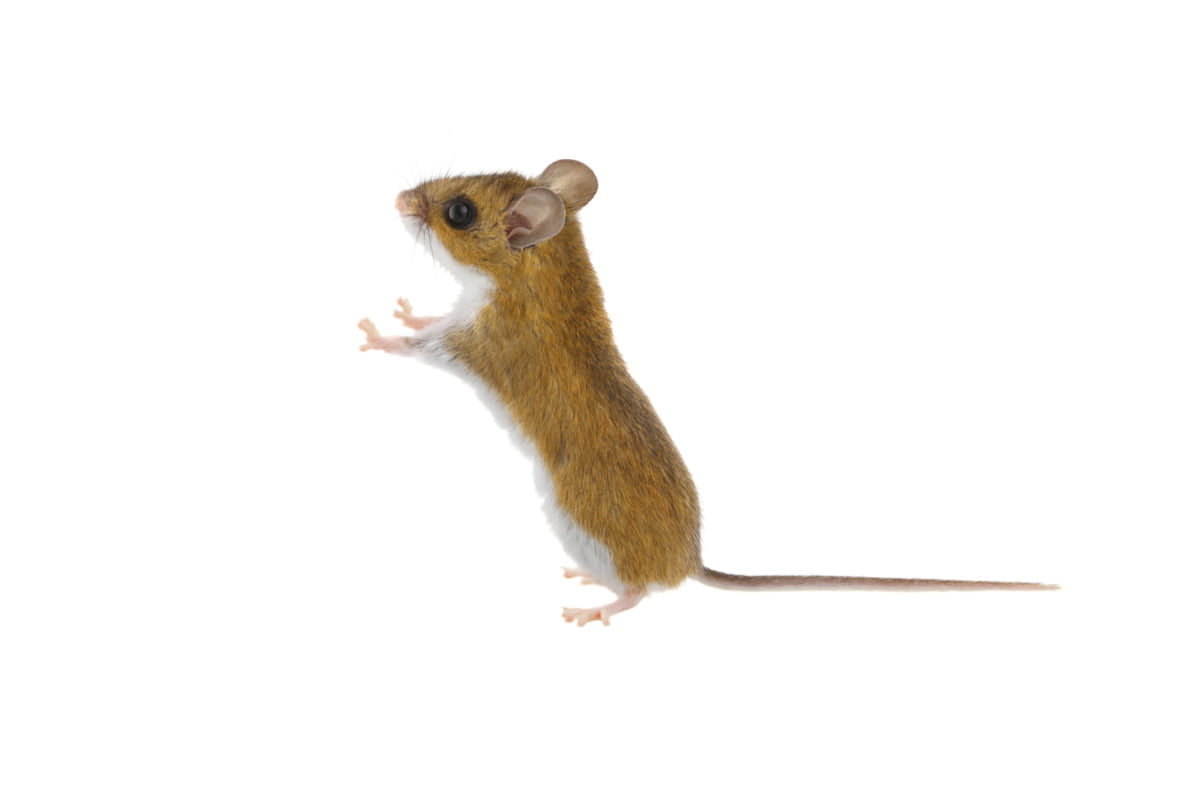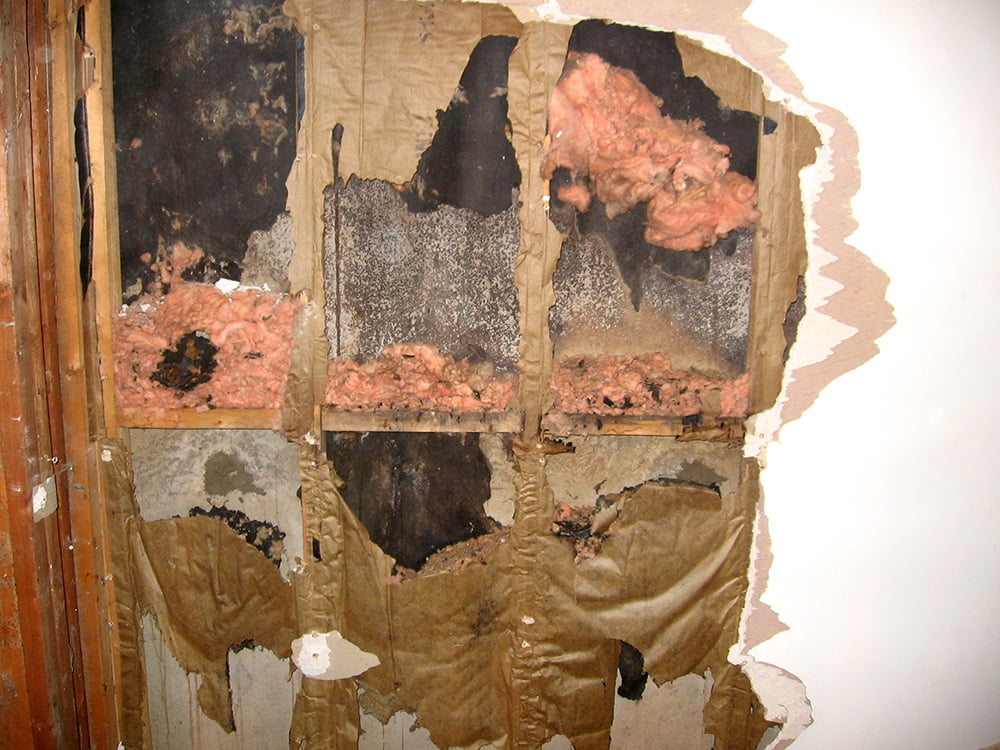Deer Mouse
Appearance
The deer mouse is similar to the common house mouse, but is identifiable by its brown back and white belly. The deer mouse has ears and eyes that are bigger than the house mouse.
Think you might have found this animal in your home?
Talk with an Expert
Life Cycle
The female deer mouse has litters of 3 to 5 young, up to 4 times per year. When in captivity, it can live up to 8 years. Otherwise, it does not normally exceed 2 years due to disease, starvation or predators.
Habitat and Food
The deer mouse prefers to feed on seeds, berries, nuts, mushrooms and buds, but it will also feed on insects.
Undesirable Effects
Deer mice that are not in captivity can cause serious structural damage, such as gnawing wood, electrical wires on computers and telephones. Deer mice can also transmit many diseases to humans by contaminating food or from bites.

Signs of Presence
Mice produce unique recognizable sounds. Also, the presence of a lot of tiny feces, greasy stains, nests, slight structural damage, entrance holes of about 4 cm in diameter and traces left by its legs and tail are common signs. Deer mice are more likely to store their food, so it is possible to find small supplies of food.